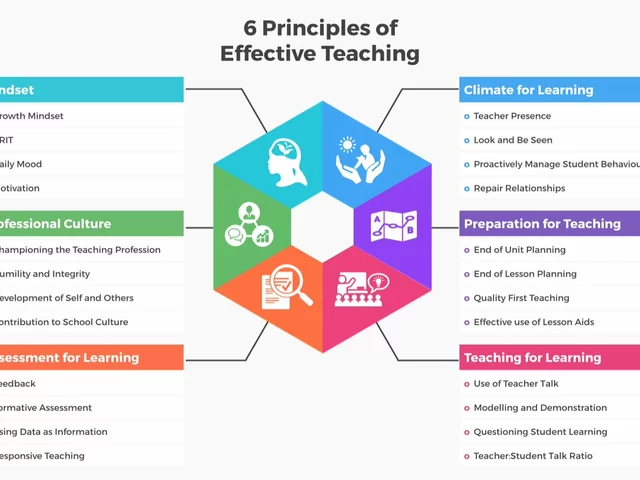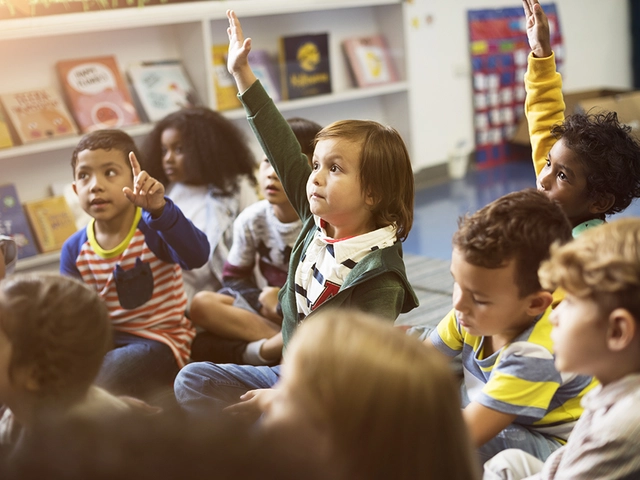Introduction: Examining the Bias in Education
From the moment we step into a classroom, we're exposed to a system that's designed to shape our futures. It's a system that's supposed to be unbiased, fair, and objective. But is it really? Do all students receive the same opportunities and resources, regardless of their background, learning style, or personal circumstances? In this article, we'll take a deep dive into the possible biases in our education system, and how they may impact certain types of students.
The Impact of Socioeconomic Status on Education
Socioeconomic status is a significant factor that influences a student's educational journey. Students from wealthier backgrounds often have access to more resources and opportunities, such as private tutors, extracurricular activities, and high-quality schools. In contrast, students from low-income families often face numerous educational barriers, like overcrowded classrooms, lack of access to technology, and fewer extracurricular options. This creates a gap that can be difficult to bridge, as students from disadvantaged backgrounds may struggle to keep up with their more affluent peers.
Learning Styles and the Traditional Classroom Setup
The traditional classroom setup caters to a specific type of learner: the auditory learner. This means that students who learn best by listening tend to excel, while those who learn in different ways may struggle. Visual learners, kinesthetic learners, and those with learning disabilities may find the traditional classroom setup challenging, as it doesn't cater to their unique learning needs. This, in turn, can impact their academic performance and self-esteem, creating a bias that often goes unaddressed.
Racial and Ethnic Disparities in Education
Racial and ethnic disparities are unfortunately prevalent in many education systems around the world. These disparities can manifest in various ways, from differences in academic achievement to disciplinary measures. Students of color often face implicit bias from teachers and peers, which can negatively impact their educational experience. These biases, whether conscious or unconscious, contribute to a system that doesn't always provide equal opportunities for all students.
Gender Bias in Education
Gender bias is another issue that often goes unnoticed in the education system. Stereotypes and societal expectations can influence how teachers treat their students, and in turn, how students perceive themselves and their abilities. For example, girls are often discouraged from pursuing STEM (Science, Technology, Engineering, Math) fields, while boys are often pushed away from the arts. This not only limits students' potential but also reinforces harmful gender norms.
The Role of Language in Education
Language plays a crucial role in education, and when not appropriately addressed, can create bias. Students who speak a different language at home may struggle with English-dominant instruction, leading to lower academic performance. Additionally, these students often face stigma and discrimination, further exacerbating the educational disparities they face.
Conclusion: Towards a More Equitable Education System
As we've explored, the education system can be biased towards certain types of students. However, recognizing these biases is the first step towards creating a more equitable system. By addressing socioeconomic disparities, adapting to different learning styles, and challenging racial, ethnic, and gender biases, we can create an education system that truly serves all students. It won't be easy, but it's a goal worth striving for. After all, every student deserves the opportunity to succeed.





